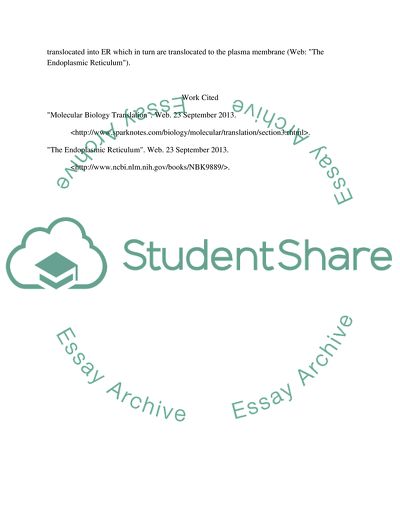The Mechanism of Molecular Biology Translation Research Paper. https://studentshare.org/biology/1882778-discuss-the-mechanism-of-translation
The Mechanism of Molecular Biology Translation Research Paper. https://studentshare.org/biology/1882778-discuss-the-mechanism-of-translation.


